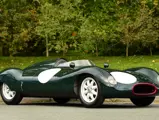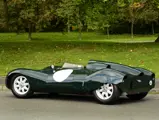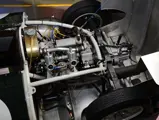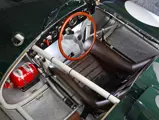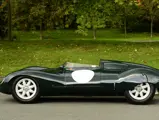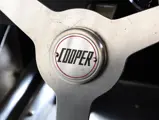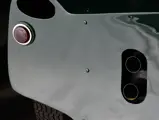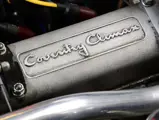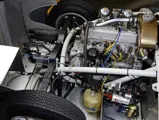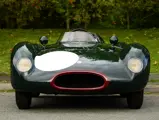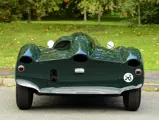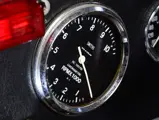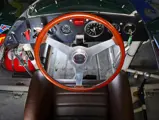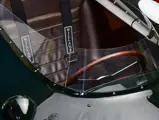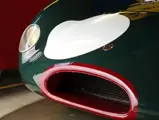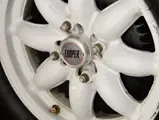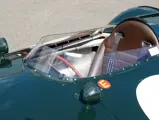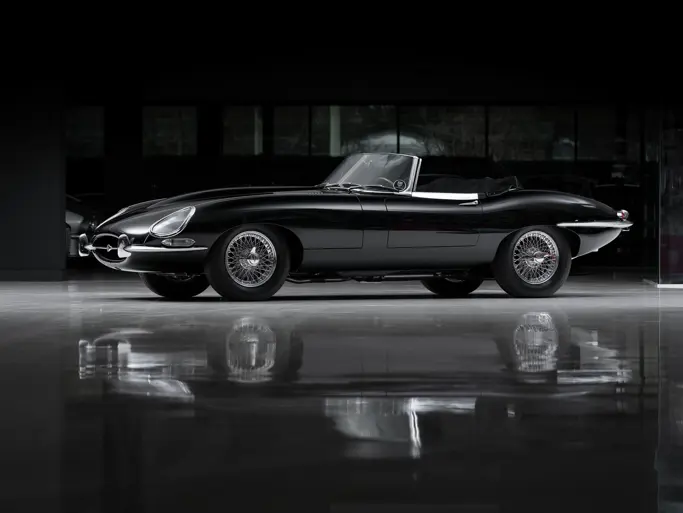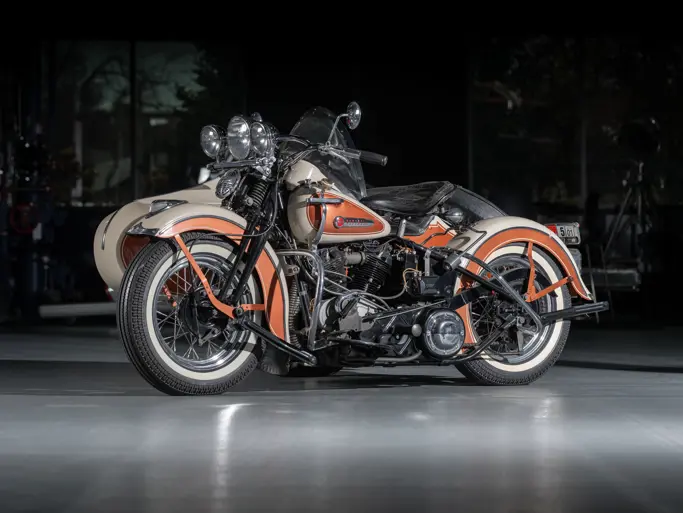London 2011
1956 Cooper Climax Type 39 “Bobtail”
{{lr.item.text}}
£95,000 - £125,000 GBP | Not Sold
 | London, United Kingdom
| London, United Kingdom
{{internetCurrentBid}}
{{internetTimeLeft}}

Est. 100 hp, 1,450 cc SOHC four-cylinder engine, twin SU carburettors, four-speed Citroen-ERSA transaxle, independent front and rear suspension by transverse leaf springs and wishbones, four-wheel hydraulic drum brakes. Wheelbase: 2,032 mm
• Fully restored, race-ready, rear-engined “Bobtail” Cooper T39
• Originally sold to Bill Boye in Florida, raced regularly until 1962
• Upgraded to 1,450 cc SOHC Coventry Climax engine
• Eligible for BRDC, Goodwood Revival, VSCC and Le Mans Classic events
Charles and John Cooper burst onto the UK motor racing scene in 1947, with a skeletal, rear-engine, single-seater Formula 3 car. In that time of austerity, the Cooper 500 was fashioned from two transverse-leaf front suspensions from pre-war Fiat 500 Topolinos, connected by a tube frame and ingeniously tweaked to control roll characteristics.
Initial cars were powered by JAP engines, but the powerplant of preference soon became the 500-cc Norton Manx OHC single, already famous for years of Isle of Man TT wins, in which it would remain competitive until the early 1960s. Placing the engine behind the driver in the Cooper made it easy to connect the various chains in the drive-train and also resulted in a near 50-50 weight distribution.
The tiny Coopers were immediately successful on the early post-war race tracks (including abandoned airfields) and proved surprisingly hard to beat in hill climbs, where their miniscule weight gave significant advantage. Stirling Moss started his career driving a 500-cc Cooper—an indicator of how successful these cars were. Between 1951-54 Cooper sold 300 of its tiny racers and won 64 out of 78 major races. Harry Schell even started the 1950 Monaco Grand Prix in a tiny rear-engine T12.
Bristol-powered, Formula 2, front-engine cars preoccupied the company between 1951 and 1954, but the development of the rear-engine T39 “Bobtail” sports racer in 1955 was to point the way to Formula 1 barely two years later. Mounting a Coventry Climax four-cylinder engine ahead of the transaxle made the weight balance even better, and Cooper started building rear-engine F2 cars.
In short order, the world changed. Jack Brabham placed 6th in the 1957 Monaco Grand Prix, Stirling Moss won the 1958 Argentine Grand Prix, Maurice Trintignant won the ’58 Monaco Grand Prix, and all the other manufacturers went back to their drawing boards. Brabham and Cooper won the Formula 1 World Championship in 1959 and 1960, and no front-engine car has ever been successful since.
The car on offer here was in the first wave of mid-engine sports racers, being sold to Bill Boye of Florida in 1956. He campaigned it extensively through 1962. When Boye retired CS/52/56, it was bought by a Mr. Green in Melbourne Florida, who put it in storage for almost 20 years.
When it was discovered by Roger Fountain, it was treated to a full restoration. The expenses continued as next owner Stephen Bulling took no short-cuts and counted no costs to have the Bobtail rebuilt to original specifications, though opting for the larger 1,450-cc SOHC Coventry Climax engine. This nimble and highly eligible race car is smartly finished in classic British Racing Green with a Lipstick Red nose and benefits from extensive race preparation and mechanical work by UK-based Cooper and historic race car expert Sidney Hoole of Hoole Racing. This work is well documented in the file.
This Cooper Bobtail with period racing history is fully restored, on the button and race-ready. It has UK-issued RAC, MSA and FIA papers and is eligible for some of the most historic racing events, such as the BRDC ’50s Sports Car Series, the HGPCA Drum Brake Series, the Gentleman Drivers, Goodwood Revival and the VSCC. It will undoubtedly give as good an account of itself as it did when it raced over 50 years ago.

